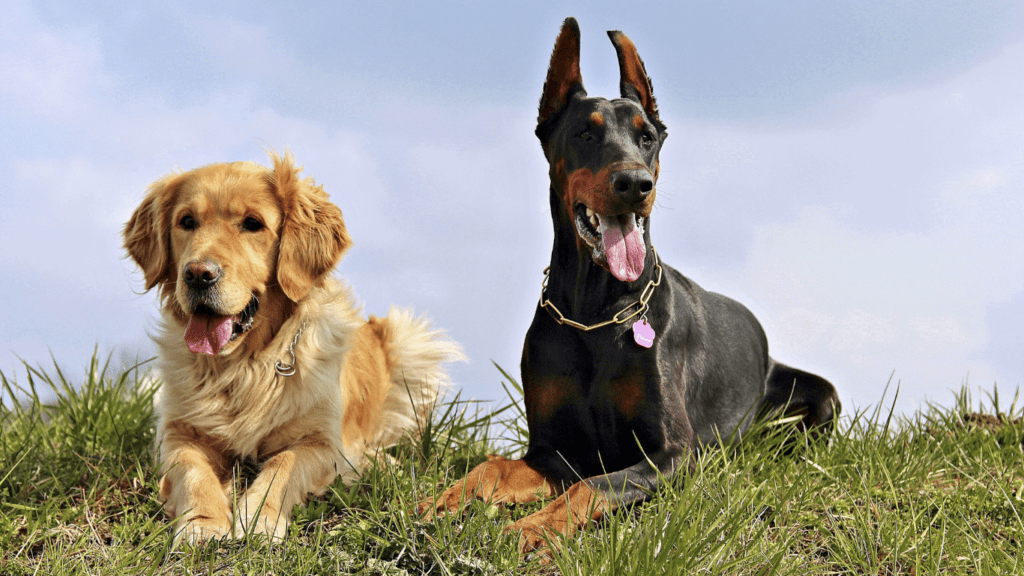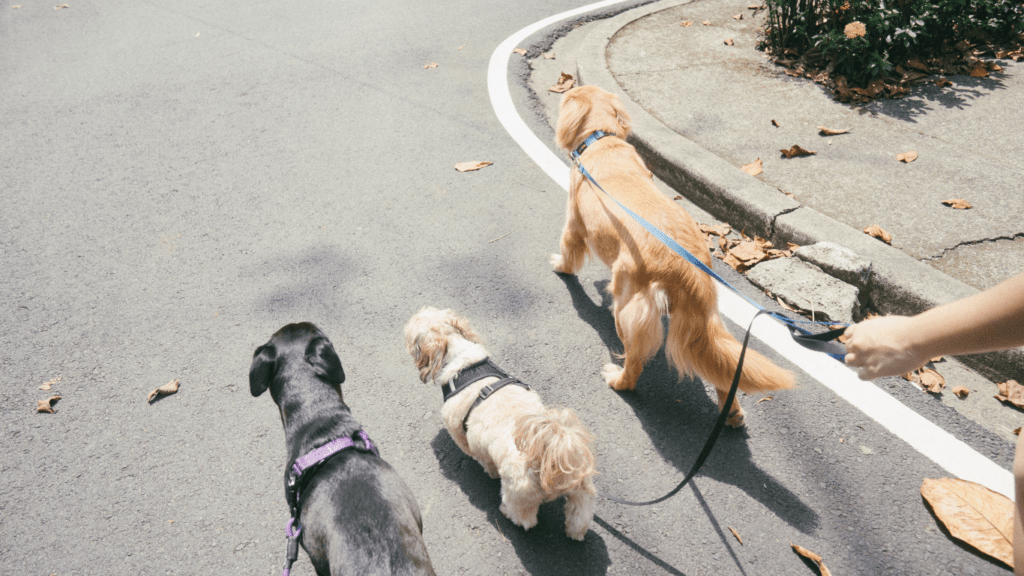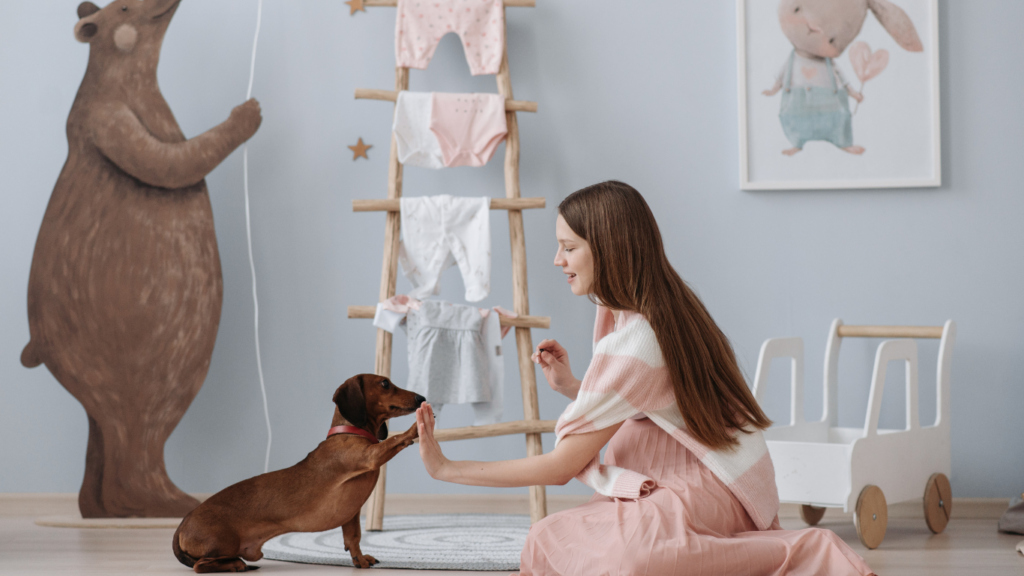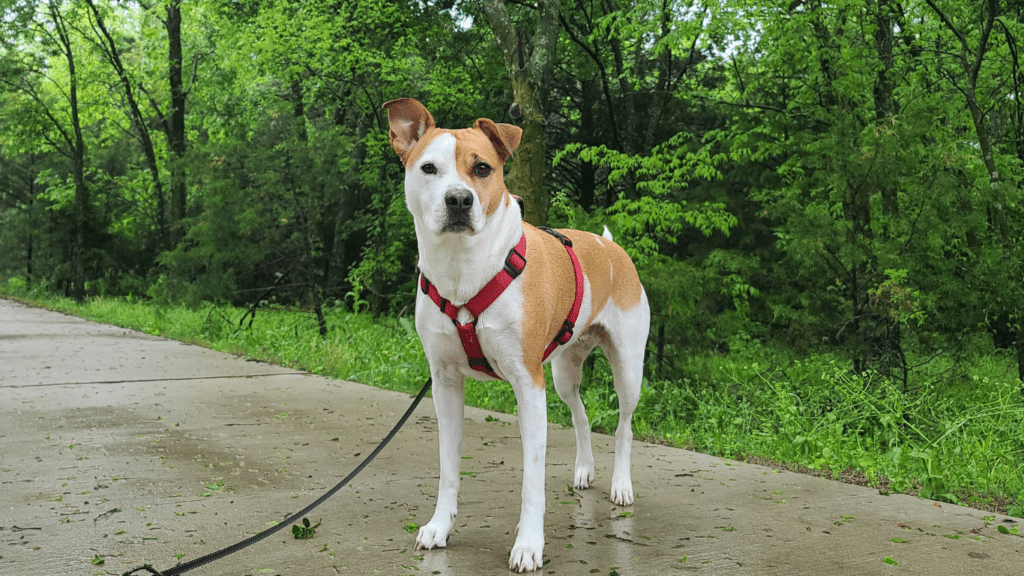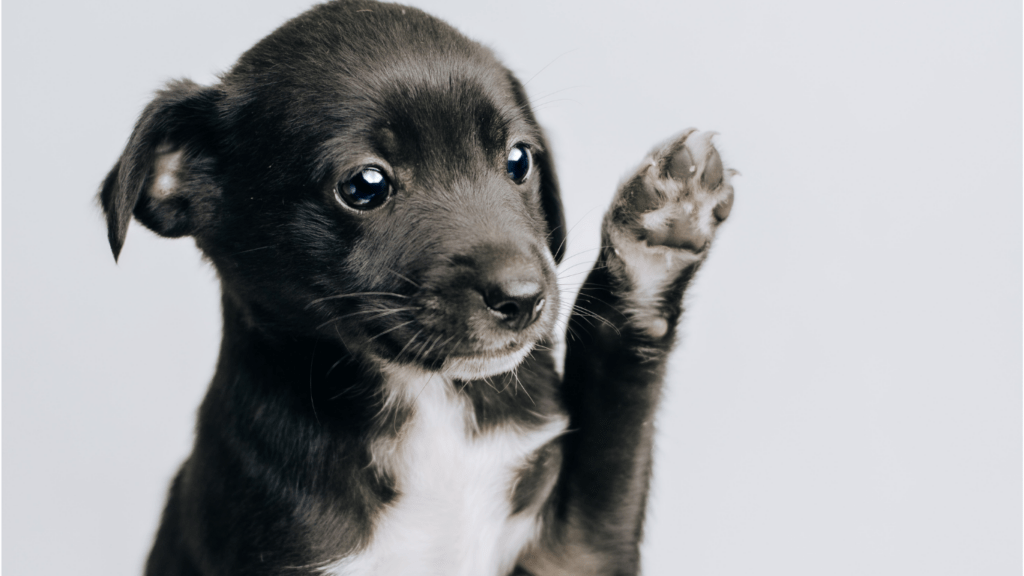Understanding Your Pet’s Body Language: Essential Tips for Better Communication
Importance of Understanding Pet Body Language Recognizing your pet’s body language enhances communication. Pets express emotions through their gestures, which are often subtle yet significant. Knowing these signals helps in identifying their mood and well-being. For example, a wagging tail on a dog signifies happiness, while a tucked tail indicates fear or submission. 1. Improving […]
Understanding Your Pet’s Body Language: Essential Tips for Better Communication Read More »

